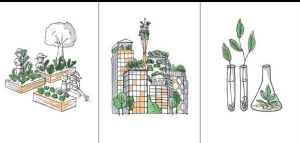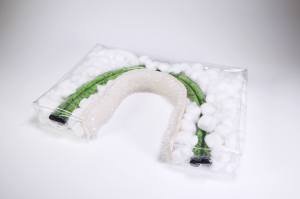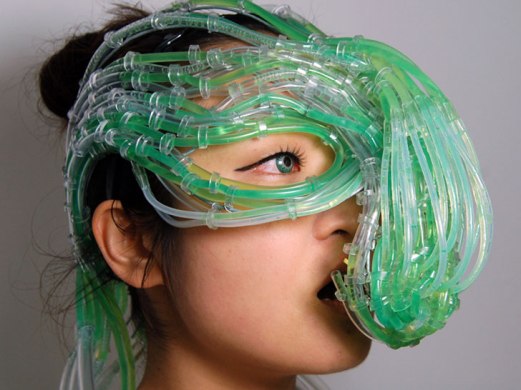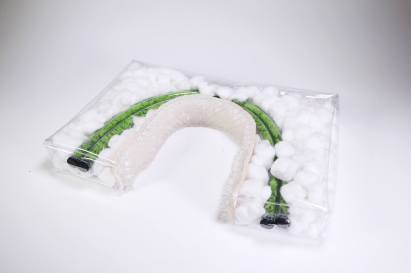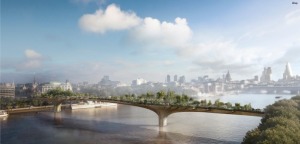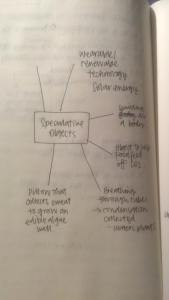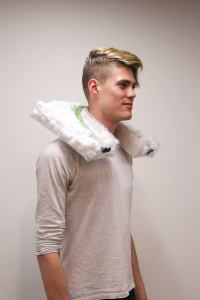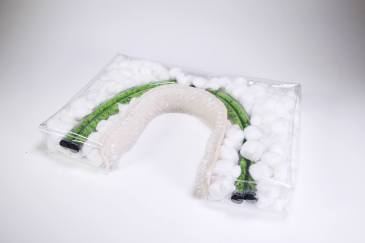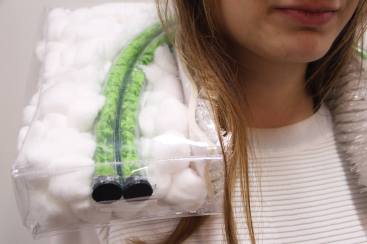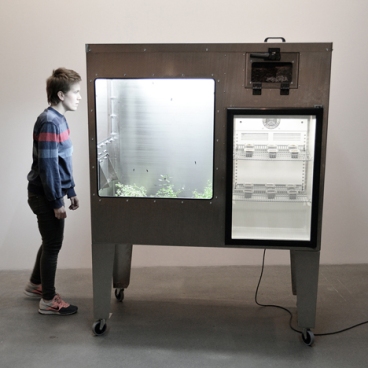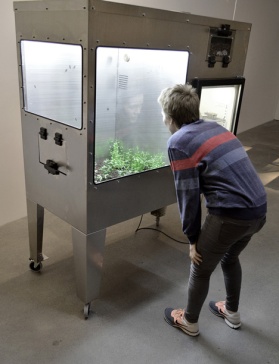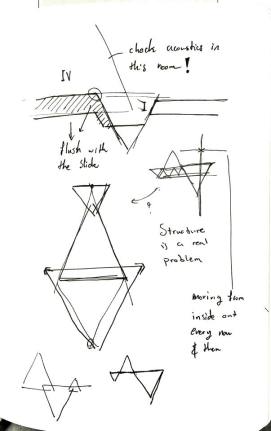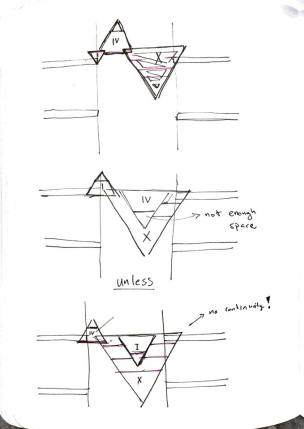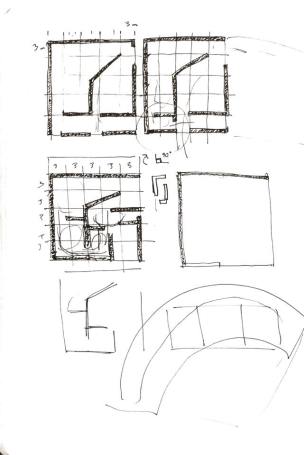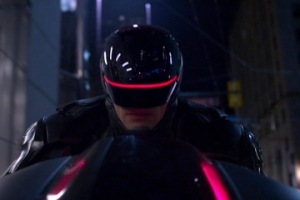TRANSCRIPT
Interviewee: Richard Proctor
—————————
The interviewee starts by stating that a main difference in the future is the replacement of most lower order and menial jobs with by machinery. When asked about problems we will face in the future, he states that wealth distribution is and will be a huge problem that we must overcome. He then states that restructuring will be necessary, but as a society we must retain the working population. He reckons that Australia in the context of globalisation has allowed large multinationals to come in and change the whole country’s economy. However economically beneficial, he states that this is not always good given the control corporations can have over a government – “They can be very dangerous”. When asked about design in a business context, he states that looking good and having smart creative design is a key for a business to stay alive. The application of good design with proper analytics is key, to attracting the consumer properly with but the feedback from marketing is key to ensure they are actually responding to it. He iterates that there will be great change in the future as Australia’s economic growth has been great in the last few years, but he questions the longevity of the country’s prosperity due to the nature of our industries. He is of the mindset that design can alleviate certain economic problems through smart marketing, smart design and certain cultural factors to help us invest properly. Other measures however need to be implemented, as design alone cannot fix everything. He also discusses with me about how the trade and economic dynamic between Australia and Asia due to their increased wealth and their dependence upon our resources. An example of this is seen in our property market and how it’s affected. His concluding statements are that design is powerful in how it affects our lives but we don’t notice it because we expect it. But it has the potential for great power.
————————
After a lot of speculation and research, it seems to me that people are ambivalent towards globalisation despite the seemingly positive effects that we are told it has on our economy, lifestyle and prosperity. But what does the effect of opening up trade via mass deregulation combined with technology and the means to communicate, travel and expand alongside, have on us? I spoke to Richard Proctor, an accountant by trade, to discuss the ramifications of globalisation on business, design and politics in the future.
Overall I get the sense that there are some major issues that need to be resolved in the future. That there will be many problematic things that grow from smaller present day issues, culminating with time. Wealth distribution came up in the interview as an initial concern for the future due to potential job loss. We see that from the Industrial Revolution, which led to the loss of many production line and unskilled labour based jobs. Richard believes that all unskilled workers will eventually be replaced by machinery. This raises many questions for me; what defines skilled work? Do tertiary credentials equate to real work? What even defines work? I was thinking to myself that machines could do most of our work anyway, so shouldn’t we be working less? Though he was quick to mention that that efforts to restructure the workforce and working are completely necessary in the future; not only this but to retain the employment, retrain people accordingly and essentially protect people from such drastic change. He highlights the threat of multinational corporations, which reminded me of the secretive Trans Pacific Partnership (TPP) that many countries, including Australia had agreed to enter. This, for all we know currently, means corporations can sue governments for laws that do not go in the business’s favour. For an accountant who seems very business orientated, his concerns were really fascinating to me.
The desire for smart products, technology and design is not only conducive to market growth, but it is almost expected now a days from consumers. For example, Apple is an example of a company, which sells well-designed, smart products, with the Phone proving to be one of the most sold products yet and yielding one of the best product investment ever (Williams-Grut 2015). Apple simply is an example of how visually beautiful designs can dominate its competitors due to a clever mix of design and marketing in the market place. And as previously mentioned, it has as a result become a multinational business earning millions if not billions in profit each year. This equates to a lot of power and influence. In combination with their clever marketing tactics and beautiful design, does this make them ruthless yet seemingly subliminal? Most probably yes. To repeat what Richard said, “They can be very dangerous”. It is reassuring but also startling how much of an effect and influence good design can have on individuals.

Williams-Grut 2015
Having the discussion delve into China, and the shifting role of Asia may be the source of anxiety for a lot of people. For a long time Western countries have been the global dominant force, however this may all shift in the next hundred years or so. Unless there are any huge political shifts preventing that from occurring, I simply think there’s no choice but to work with it. As designers we can behave like ultimate pragmatists, but also have our designs speak volumes to the subliminal or unspoken desires. Because we work in a specialised field that requires the workings of a much larger system, there’s a lot that we will put up with. Without a good economy and people to consume, design is more or less useless despite how beautiful it may be. It is interesting to hear this articulated from a layperson’s perspective as a lot of ideas echo through just in a different format. Though however clear or mutual our understandings are about the ideas , we probably have completely opposite spectrum end reasons for engaging with it.
Reference:
Williams-Grut, O. (2015). Apple’s iPhone: The most profitable product in history. [online] The Independent. Available at: http://www.independent.co.uk/news/business/analysis-and-features/apples-iphone-the-most-profitable-product-in-history-10009741.html [Accessed 29 Oct. 2015].






